Sea lions are playful and acrobatic animals, with sleek bodies and a curious nature. California sea lions are the species that is most commonly seen in zoos and aquariums, captivating guests with their antics. This charismatic animal has a number of unique characteristics that are simply astounding. Read on to learn about the sea lion.
Description of the Sea Lion
Sea lions range mainly from light to dark brown, with a streamlined body. They have powerful front flippers used for swimming. The sea lion’s rear flippers can be rotated under its body to walk very efficiently on land. Sexually mature males are much larger than females, and have a sagittal crest, or large bump, on their heads. In some species, the males have longer hair on their necks, similar to a lion’s mane.
Interesting Facts About the Sea Lion
Sea lions are loud, boisterous, and inquisitive animals. These characteristics make them a highly interesting and charming species to humans. Because sea lions are commonly kept in human care, and are liked by the general public, researchers have been able to study some species extensively.
- Not “True” Seals – Sea lions are not true seals, but are actually in the eared seal family. While both groups are pinnipeds – the clade made up of seals, sea lions, and walruses – the true seals are in the family Phocidae, and eared seals are in the family Otariidae. The easiest way to distinguish a true seal is by its movement on land. True seals move about in a cumbersome way, using an undulating motion, while eared seals can rotate their rear flippers underneath them to walk on land.
- Hop to It! – Speaking of land movement, sea lions are relatively versatile when moving on land. They can run quite quickly, as their flexible pelvis allows them to use their rear flippers as “feet” to move about. When running short distances, sea lions can outpace a human!
- Speedy Swimmers – Sea lions may be adequate on land, but they are built for the sea. Some species can swim at speeds up to 25 mph. They have a flexible neck and backbone, allowing them to make extremely sharp turns in the water.
- Feeling for Food – Sea lions have very sensitive whiskers, known as “vibrissae.” These vibrissae can sense vibrations under the water, helping sea lions detect their prey. They are especially important in murky water, where a sea lion’s vibrissae can be used as a sense of “touch” to replace eyesight.
- Sea Lion Species – There are six living species of this prolific animal:
- California sea lion
- Australian sea lion
- New Zealand sea lion
- Galapagos sea lion
- Steller’s sea lion
- South American sea lion.
Habitat of the Sea Lion
Different species of these animals can be found in different aquatic habitats. They tend to congregate on both sandy shores and rocky outcrops, as well as marinas and buoys. This adaptable species lives and hunts in ranges from the protected waters of bays, to hundreds of miles offshore.
Distribution of the Sea Lion
California sea lions, the most commonly known species, are found from Southern Alaska, all the way to Central Mexico. They breed mainly on uninhabited offshore islands, including the Channel Islands off the coast of California, and Isla Santa Margarita off of Baja California. Other species of sea lion can be found across the globe, including the Galapagos Islands, the Coasts of Australia, and New Zealand, the beaches of South America and the frigid waters of Alaska.
Diet of the Sea Lion
Most sea lions are not picky eaters. They will feed on a wide variety of seafood, including squid, clams, salmon, anchovy, dogfish, herring, lamprey, and whiting. California sea lions have also been known to cooperate with other species while feeding, including dolphins and seabirds.
Keeping the Beat
California sea lions are the first non-human mammal to show an ability to maintain a musical beat. A study by University of California Santa Cruz tested a California sea lion’s ability to “bob” to the beat of a song. The sea lion, named Ronan, was trained to bob her head to the rhythm of a song. Once trained, Ronan was even able to maintain the rhythm of songs she had never heard before! To see Ronan at work, check out this video.
Sea Lion and Human Interaction
Sea lions and humans are capable of interacting cohesively in a zoological setting. These animals can be taught behaviors, allowing them to voluntarily participate in their own veterinary care. This process is called training husbandry behaviors.
Husbandry behaviors allow animal trainers to perform examinations, and take medical samples, without increasing the animal’s stress, or restraining the animal. Sea lions are frequently taught to stand on a scale to be weighed, voluntarily have blood drawn, hold their mouth open to examine their teeth, and much more.
Next time you are at a zoo or aquarium, ask the zookeeper or trainer what husbandry behaviors their animals are working on!
Domestication
Though sea lions are kept in zoos and aquariums, they are still wild animals. They have not been domesticated in any way.
Does the Sea Lion Make a Good Pet
The sea lion does not make a good pet. They are a wild animal that require a complex diet, with specific vitamins and minerals, and a structured enrichment program. Even trainers who work with the animals in zoos must have extensive experience before being allowed to interact with the animal in a free-contact setting. Most interactions with novice trainers occur in protected-contact where the animal has a barrier between it and the trainer.
Sea Lion Care
Sea lions require a complex diet, and each animal receives different vitamins and supplements based on their age, needs, and medical history. The animals are also provided with varied enrichment, including toys, unflavored gelatin, water hoses, and ice cubes. All sea lions are provided a pool, with adequate space to haul out and sun themselves, these pools are frequently rotated to provide the animal with a change of scenery.
Behavior of the Sea Lion
When it’s not breeding season, these animals will spend long periods of time foraging for food. California sea lions can spend up to two weeks in the ocean hunting for fish, before returning to shore to rest. The male sea lions migrate to the northern end of their geographic range, while the females remain close to the breeding grounds.
Reproduction of the Sea Lion
During breeding season, most sea lion species will travel to rookeries, where breeding occurs in large groups. The males develop territories in the rookery, and will battle each other for the prime locations. Females move through the territories, eventually choosing males that suit them best. One male will protect a harem of females, and mate with them during the breeding season.
In California sea lions, female have a 12-month gestation, of which 3 months are delayed implantation. This means that the female’s egg is fertilized, but she waits to develop the young so it will be born when she returns to the rookery the following year. Pups are weaned anywhere from 1-2 years of age.

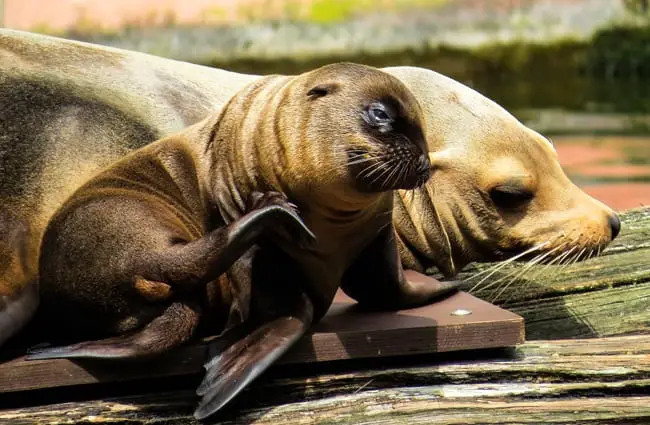
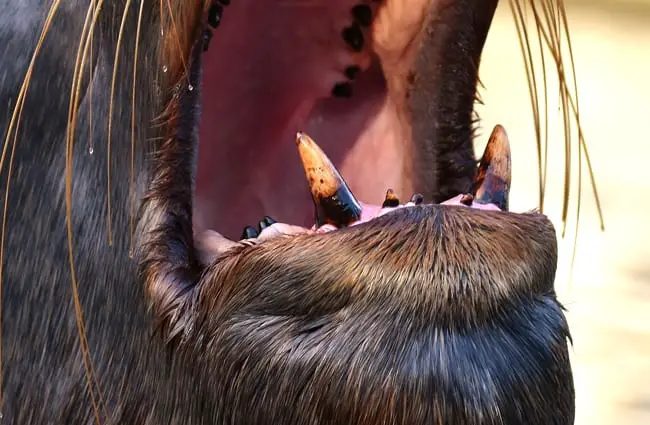
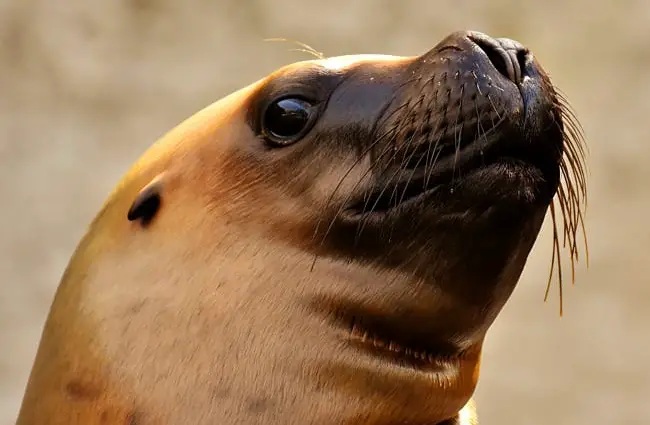
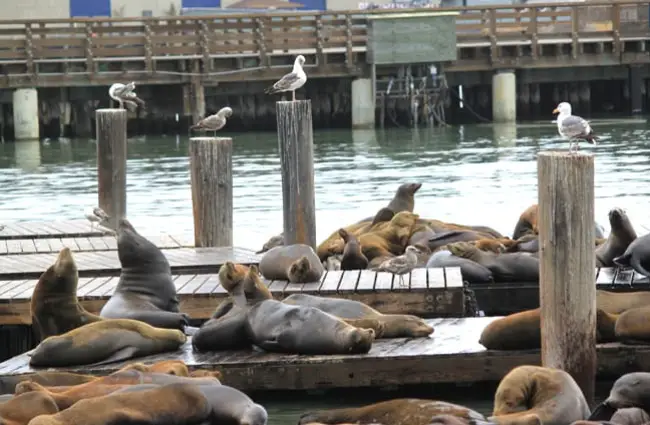

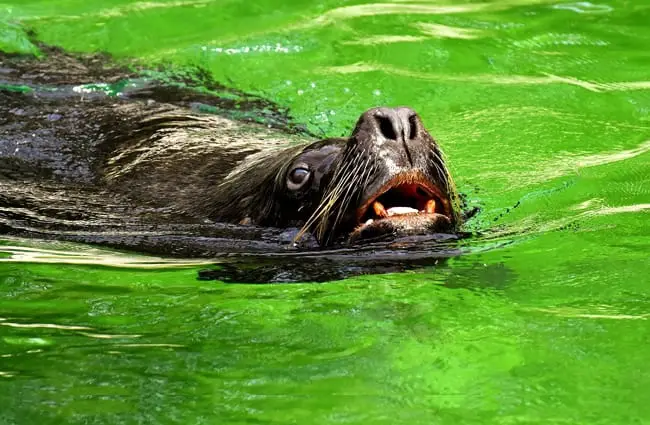

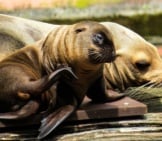




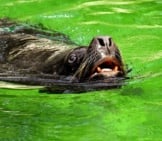

![Red Angus Closeup of a beautiful Red Angus cowPhoto by: U.S. Department of Agriculture [pubic domain]https://creativecommons.org/licenses/by/2.0/](https://animals.net/wp-content/uploads/2020/03/Red-Angus-4-238x178.jpg)












![Red Angus Closeup of a beautiful Red Angus cowPhoto by: U.S. Department of Agriculture [pubic domain]https://creativecommons.org/licenses/by/2.0/](https://animals.net/wp-content/uploads/2020/03/Red-Angus-4-100x75.jpg)

